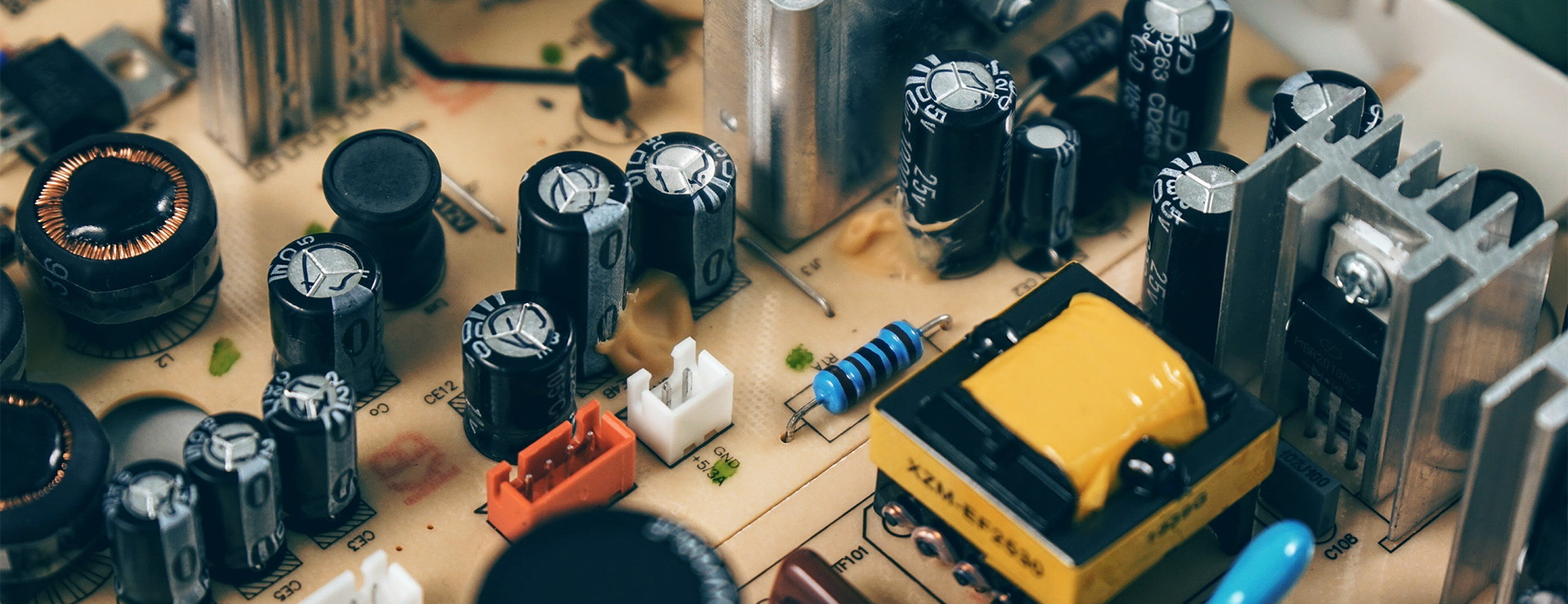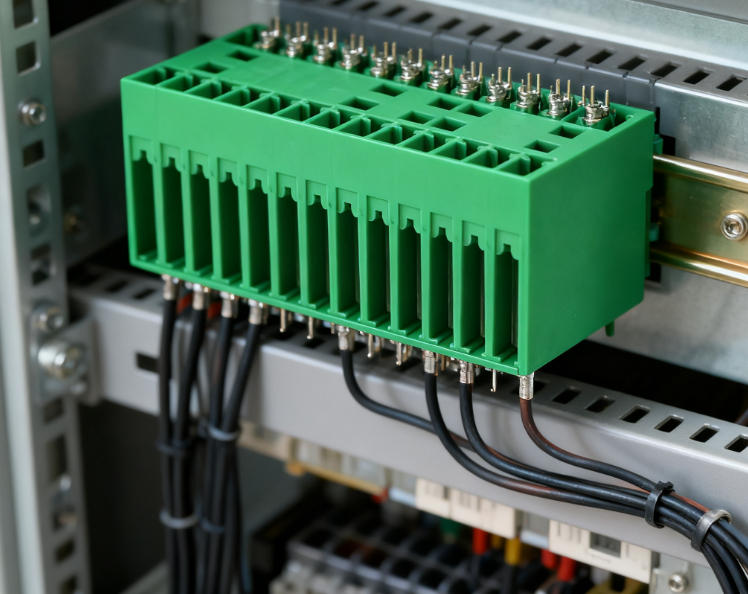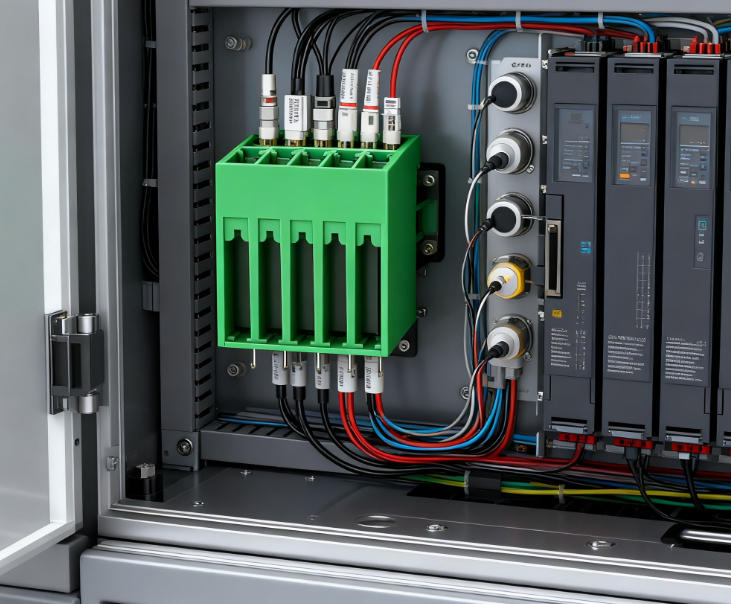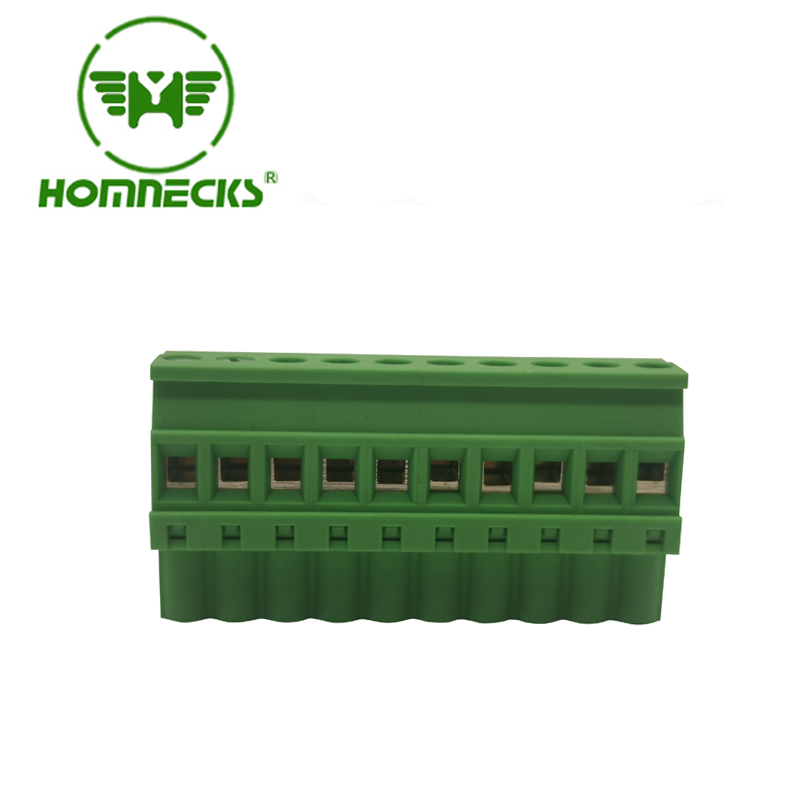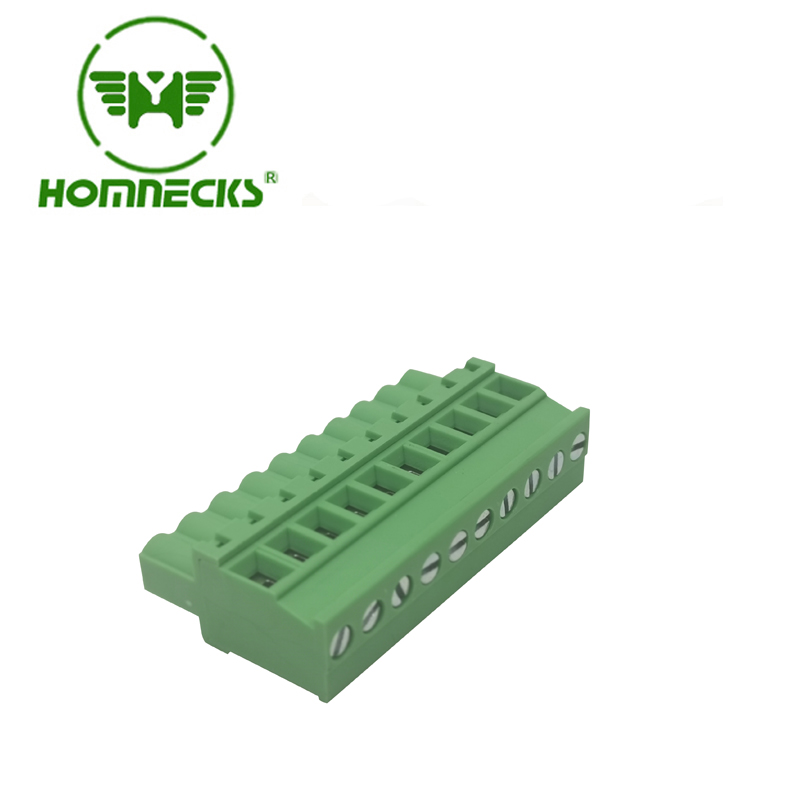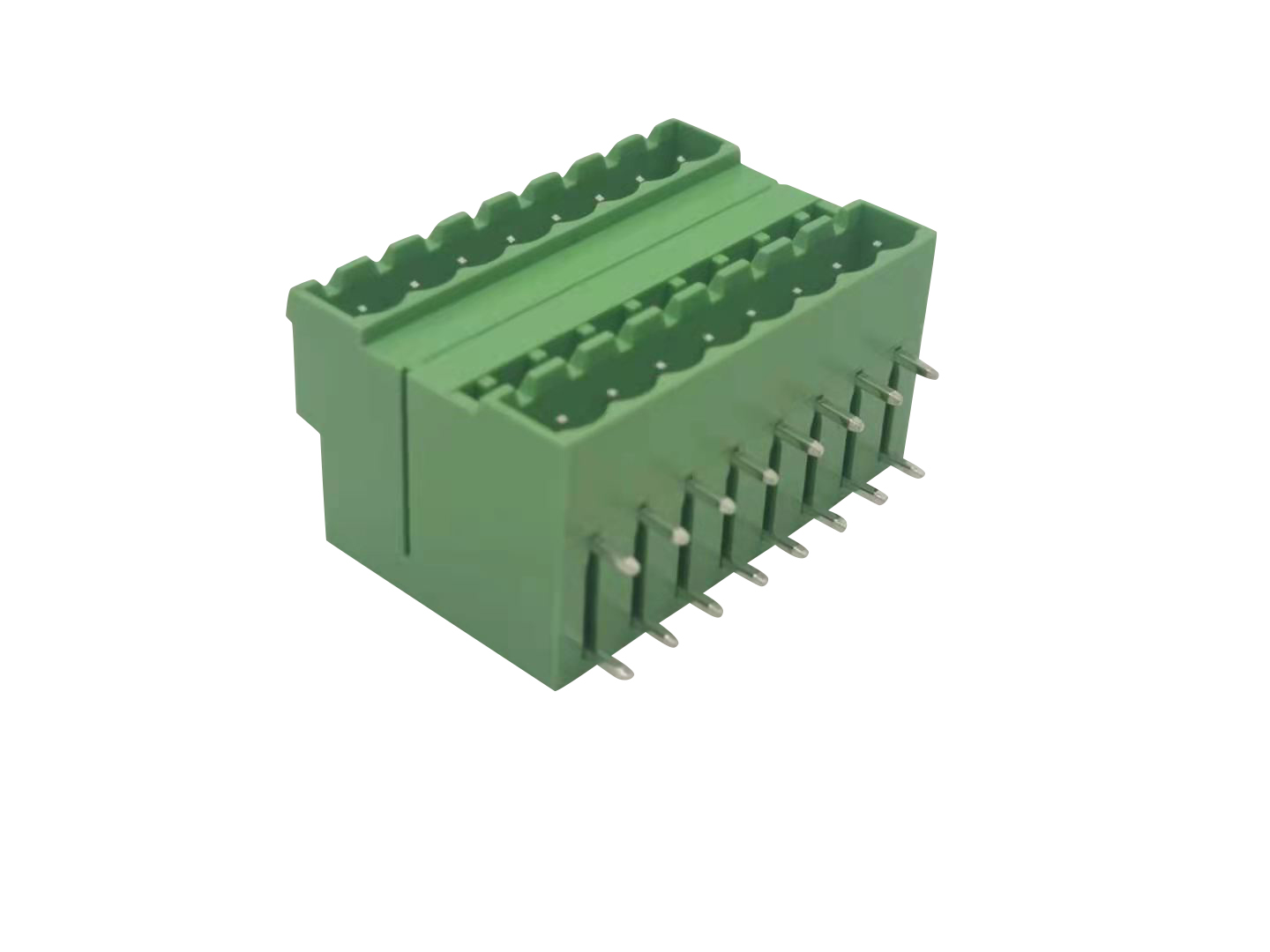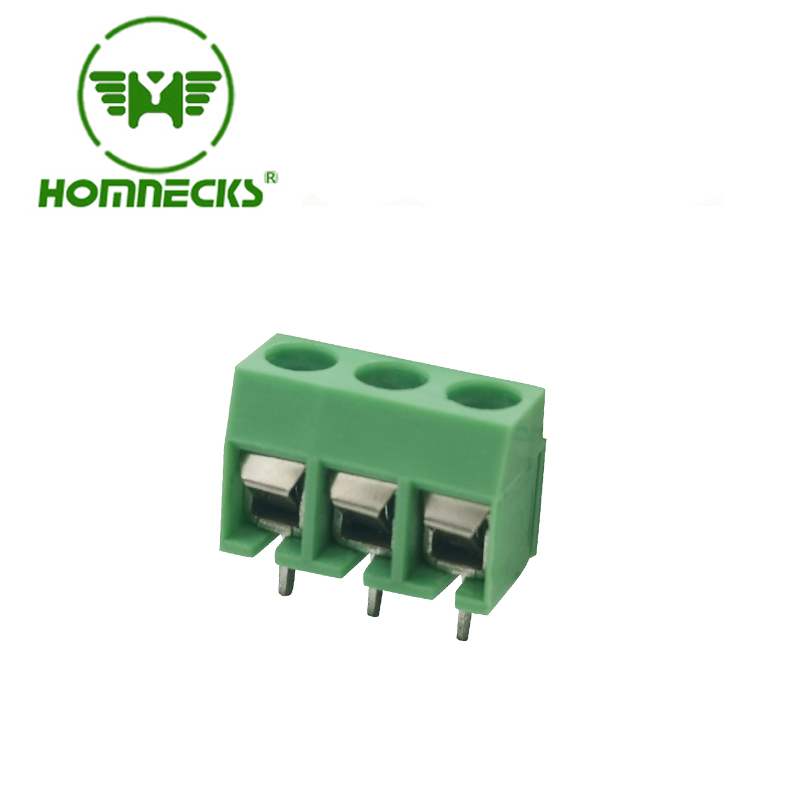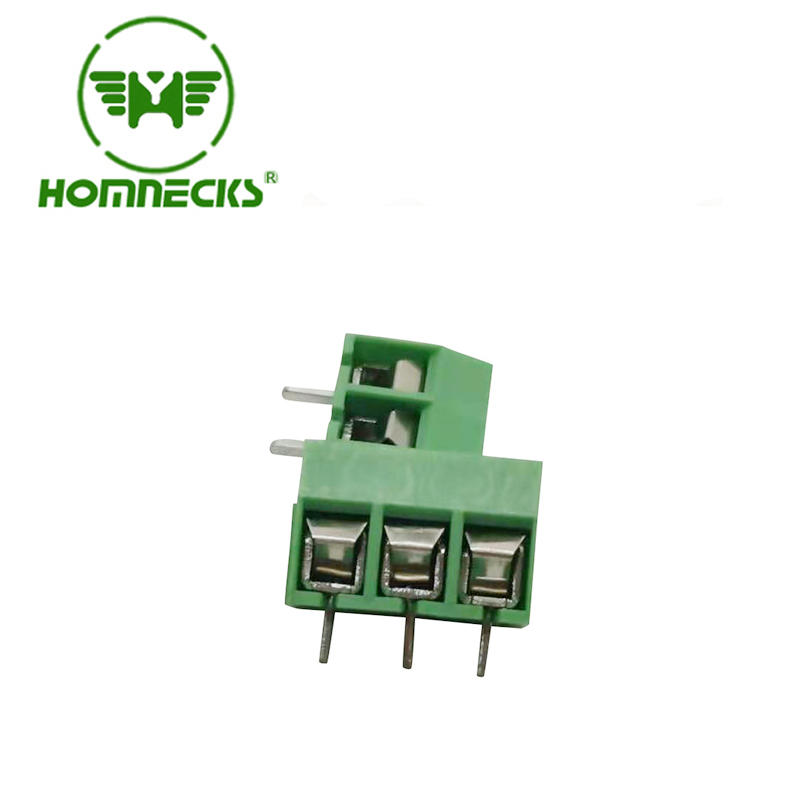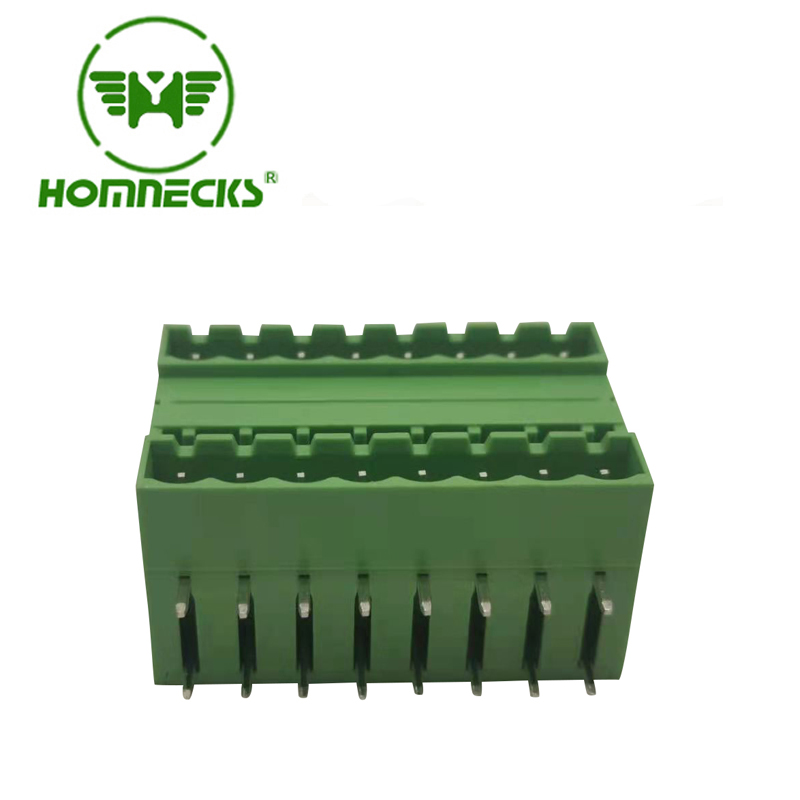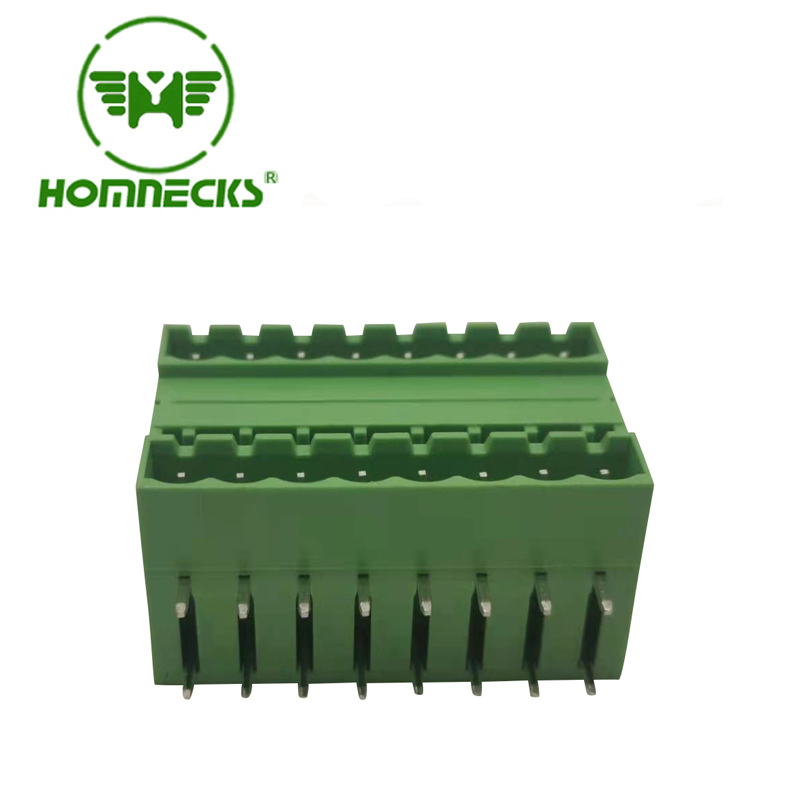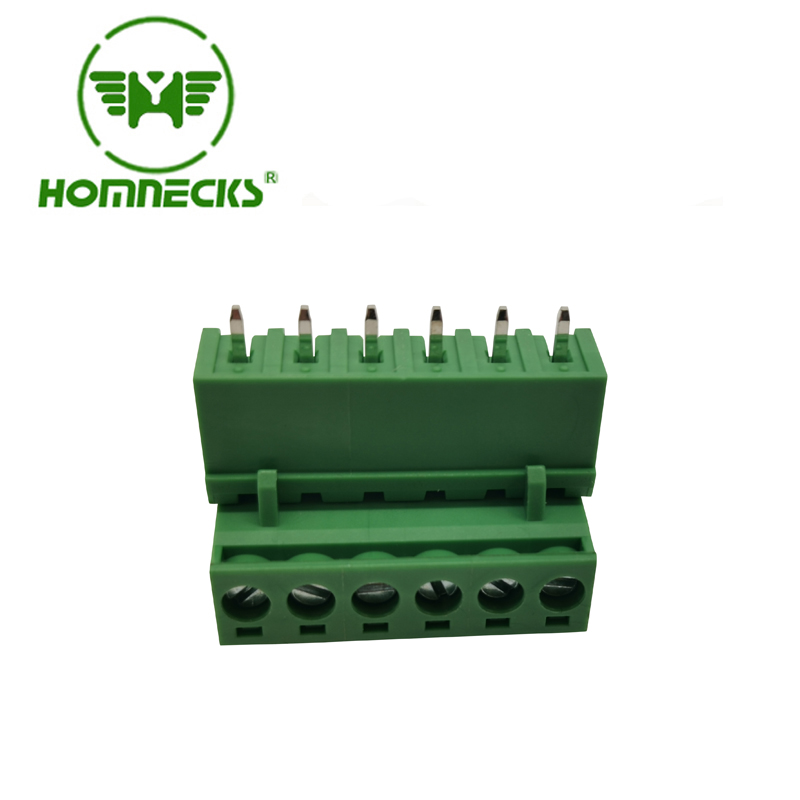Proper Wiring Techniques for PCB Board Terminal Blocks
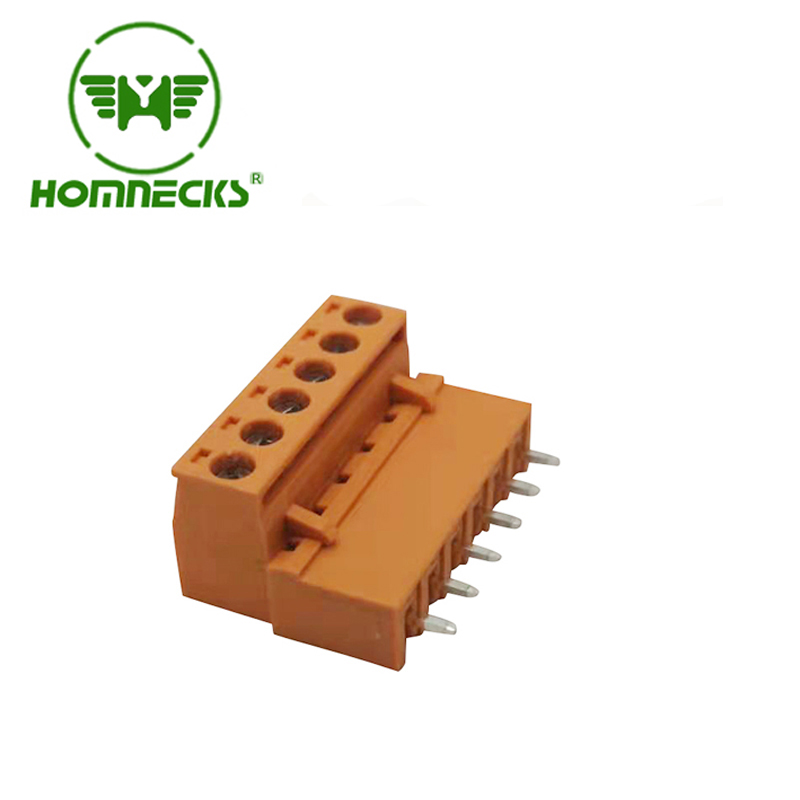
When it comes to electrical connections in PCB boards, using the right terminal blocks is crucial for ensuring reliable and safe performance. In this article, we will explore the importance of proper wiring techniques for PCB board terminal blocks and how they contribute to efficient and effective electrical connections. Let's delve into the details.
Choosing the Right Terminal Connector:
The selection of an appropriate terminal connector is essential for achieving optimal performance. The 2-pin terminal connector provides a reliable and secure connection for low-power applications. Similarly, the 2-pin screw terminal connector offers the advantage of easy installation and maintenance. It ensures a solid and stable connection, preventing any signal loss or disruption.
Ensuring a Secure Connection:
When dealing with PCB board terminal blocks, it is crucial to establish a secure connection. The 2-pin screw terminal block connector allows for a tight and precise connection, reducing the risk of loose or weak connections. This ensures the efficient flow of signals between components and minimizes potential signal interference.
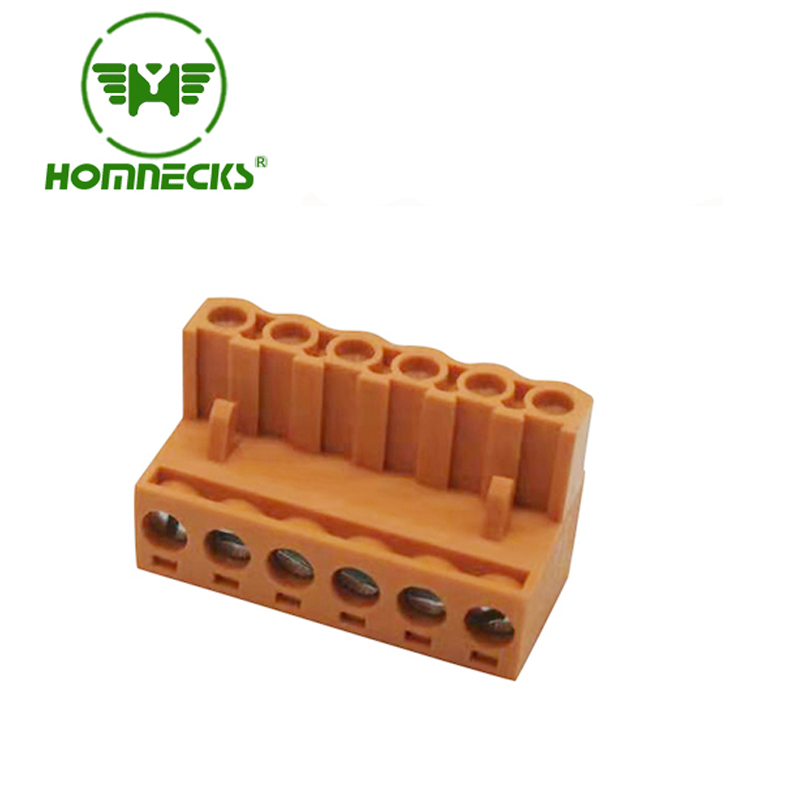
Enhanced Safety with Barrier Terminal Blocks:
For applications that require higher safety measures, the PCB barrier terminal block comes into play. It offers additional insulation and protection, reducing the risk of short circuits and accidental contact. With its design, the barrier terminal block prevents damage to the conductors and minimizes the chances of electrical hazards.
Effective Wiring with 3-Pole Terminal Blocks:
In scenarios where multiple connections are necessary, the 3-pole terminal block becomes essential. It provides a convenient solution for connecting three conductors together, ensuring a neat and organized wiring arrangement. The 3-pole terminal block simplifies the installation process and enables efficient power distribution and control within the PCB board.
The Advantages of HONG YI-HOMNECKS+PCB Terminal Blocks:
Recognized as a leading manufacturer and supplier of high-quality terminal blocks, HONG YI-HOMNECKS ensures exceptional performance and reliability. Their PCB terminal blocks offer superior conductivity, durability, and optimal signal transfer. With a wide range of options, including 2-pin and 3-pole terminal blocks, they cater to various application requirements.
HONG YI-HOMNECKS' Commitment to Exceptional Service:
In addition to their top-notch products, HONG YI-HOMNECKS prioritizes customer satisfaction and provides excellent service. Their team of experts is dedicated to assisting customers in selecting the right terminal blocks for their specific needs. With HONG YI-HOMNECKS, you can expect timely support, technical guidance, and reliable solutions that ensure successful project outcomes.
Properly wiring PCB board terminal blocks is essential for achieving efficient signal transmission and maintaining a secure electrical connection. By choosing the right terminal connector, implementing secure connections, and utilizing appropriate terminal blocks like 2-pin screw terminal connectors, barrier terminal blocks, and 3-pole terminal blocks, you can ensure optimal performance and safety. For high-quality terminal blocks and exceptional service, trust HONG YI-HOMNECKS+PCB Terminal Blocks to meet your requirements with precision and reliability.
